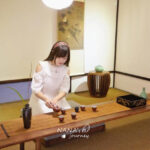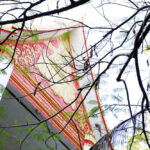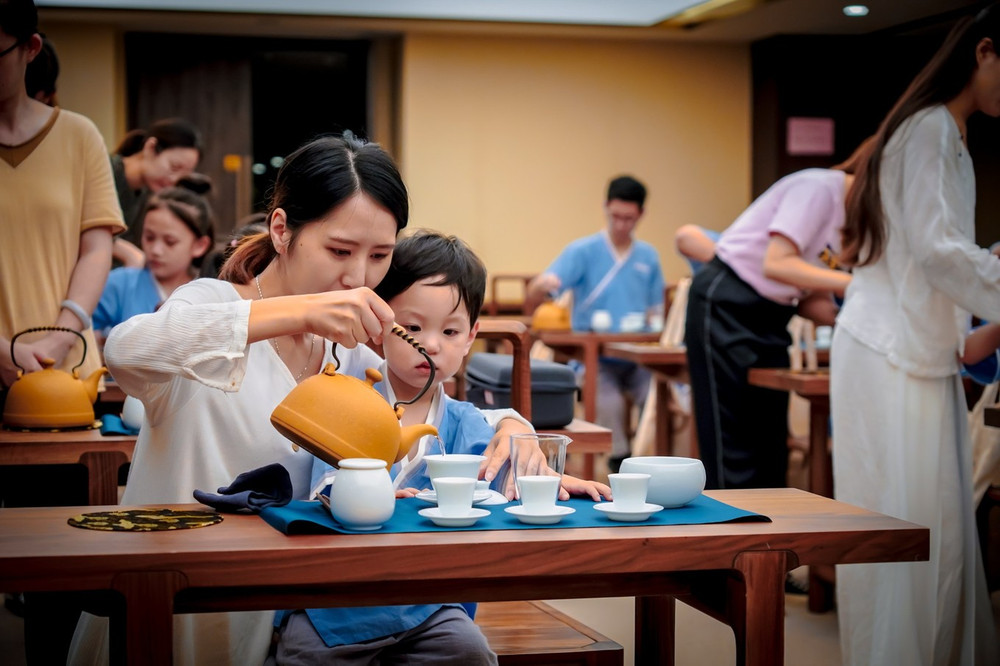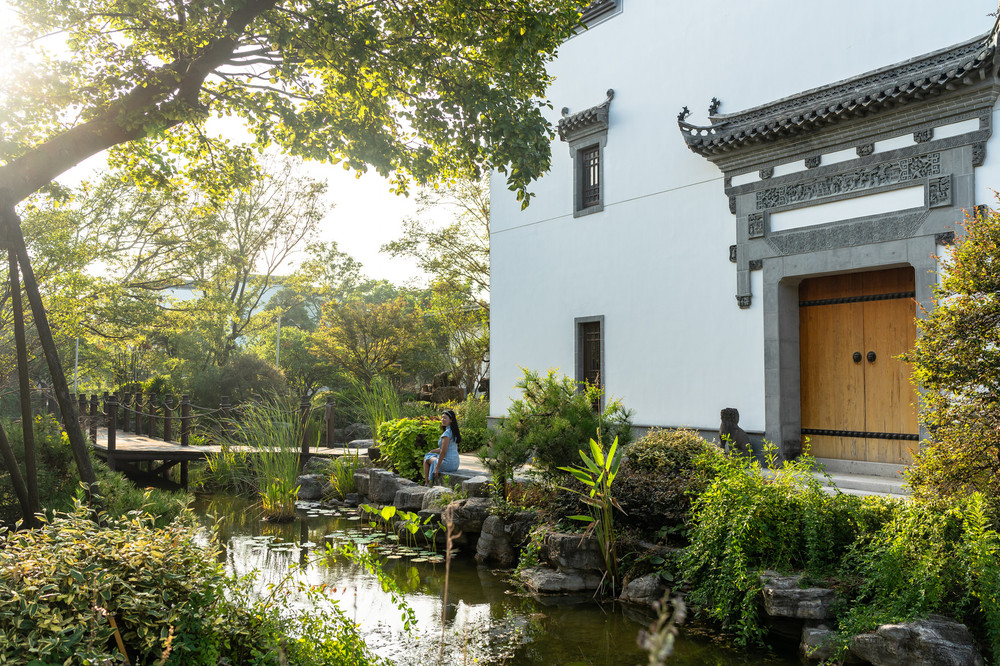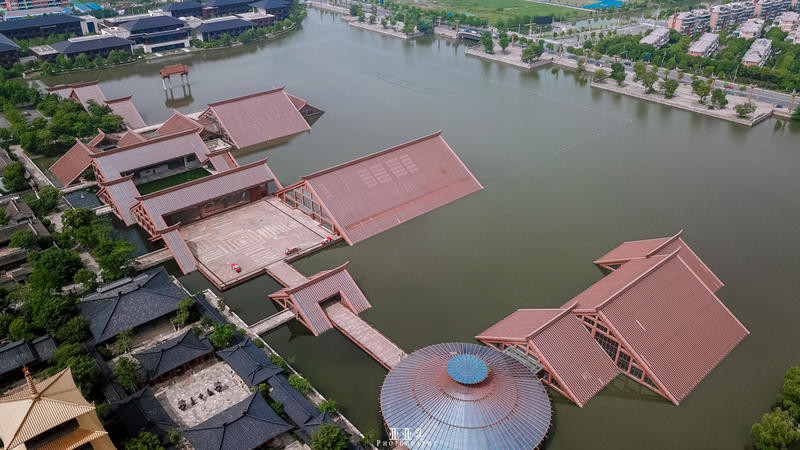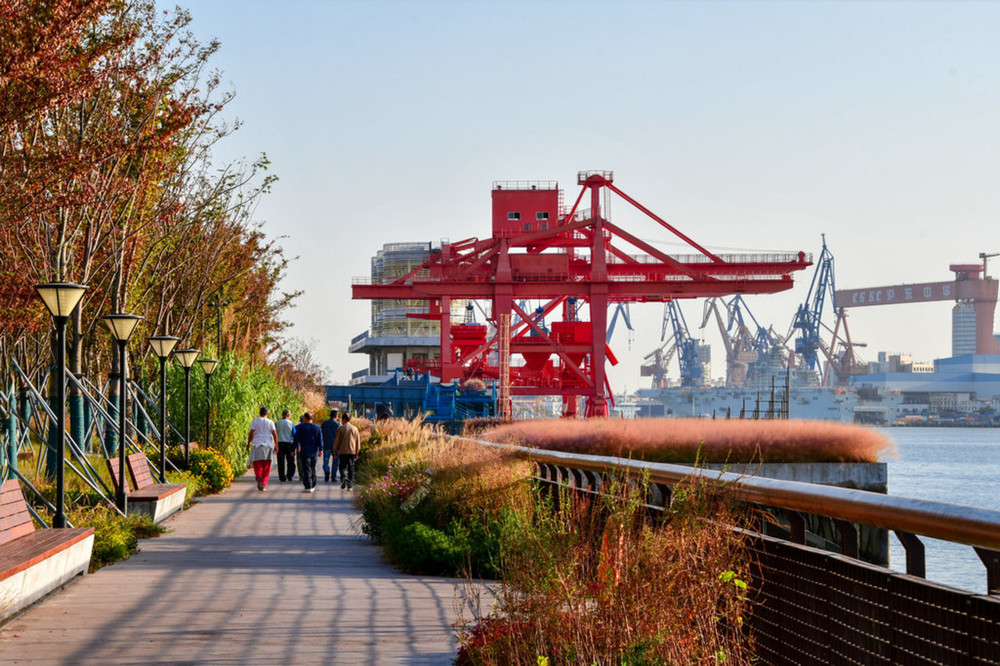Duration: 1 day
Time: May
Cost per person: 100 yuan
Who: Parent-child play
Style: Cultural, Free travel, Weekend getaway
The author visited these places: Shanghai 1933 Old Millbund, Binjiang Park, Peace Hotel
Published on 2020-06-04 20:12
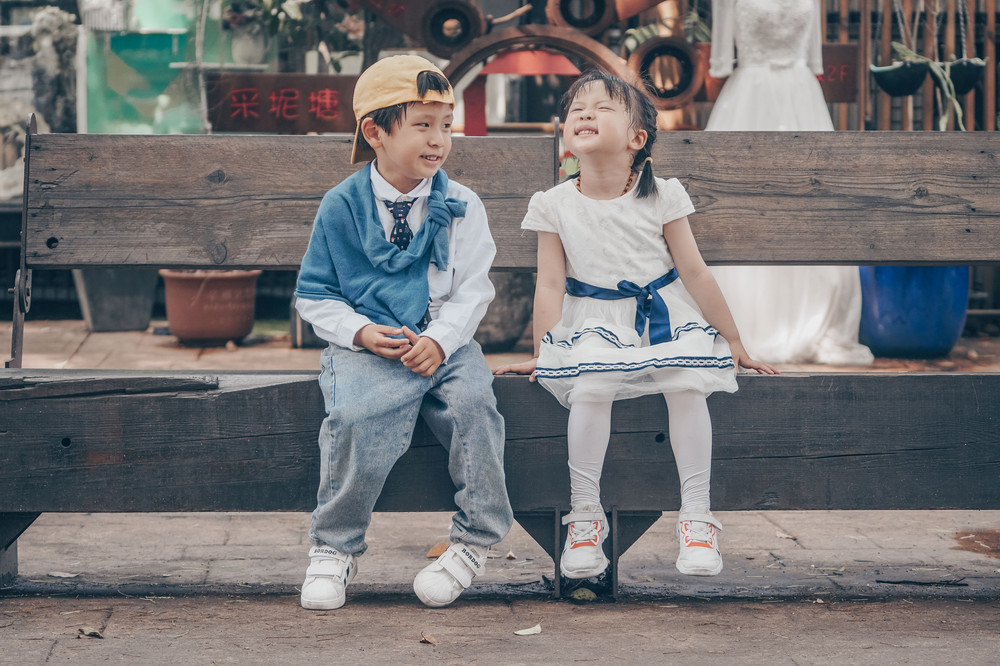
Several decades ago, overlooking Shanghai, the factories scattered around the Yangtze River estuary, such as shipbuilding, instrument power generation, and steel smelting, supported the economic pulse of the city’s development. Today, when you open the map of Shanghai again, you will find that those old factories, old warehouses, and other industrial heritages have quietly transformed into cultural landmarks of urban creativity. From the former ‘Far East’s first slaughterhouse’ which has become a popular movie shooting location, 1933 Old Millbund, to the Yangpu Binjiang Park transformed from a century-old power plant, Shanghai has too many new urban landscapes that have been upgraded and transformed in the new era.
As a mother of a four-year-old boy, continuously exploring fun and interesting places for parent-child outings is my joy. As Yuanbao grows up gradually, my focus has shifted from pure fun to a combination of knowledge experience. Recently, I discovered a treasure scenic spot suitable for children to experience in depth – MaiKeJiang Cultural and Creative Park, which has the lively and playful nature of a children’s paradise, the fun of hands-on experience, and is full of imaginative ideas. Yuanbao and I spent a whole day there, immersed in a world of creativity and sentiment, spending a different and joyful fulfilling weekend.
01 The transformation of old factories: Creativity and sentiment coexist
Yes, the predecessor of MaiKeJiang Cultural and Creative Park was a textile factory that made home clothes. Speaking of it, the time can be traced back to 1977, when the home clothing brand ‘MaiKeJiang’ composed of the founders Michael and John’s names was born. In 1992, the factory headquarters moved to Shanghai Minhang Qibao, and in 2007, with the factory of MaiKeJiang moving to other provinces, the original old factory covering more than 20,000 square meters was left empty. So the person in charge of MaiKeJiang invested in the cultural and creative industry in 2012. After several years of careful polishing, MaiKeJiang Cultural and Creative Park reappeared in front of the world in 2017.
Now we walk in the cultural and creative park, whether it is the sewing machines placed in the grass or the round knitting machines on the display, we can still encounter many elements of the original textile factory. To some extent, they retain the history of MaiKeJiang, and under the decoration of creativity, they have become a highlight of the new era and have become full of vitality. Looking at the entire MaiKeJiang Cultural and Creative Park, there are retro and artistic places everywhere. Whether it is the old residential buildings redesigned and renovated on the facade, or the cartoonish doorplates, or the markets full of ethnic customs. Or the exquisite and elegant or strange characteristic decorations, all are full of the ingenuity of the craftsmen, presenting a multi-element and creative emotional space, which is astonishing. Many young men and women regard MaiKeJiang Cultural and Creative Park as a new place to check in. They either lean against a simple industrial white wall, or walk among the toy dolls of Bobo outdoors, or walk through the white steel world, or wait quietly for the plane to fly over the building green plants overhead…
02 The dreamy magic space: Exchange time for joy
MaiKeJiang Cultural and Creative Park is the first cultural and creative park in China that combines hands-on experience with industrial design as the theme. There are more than 30 cultural and creative craftsman brands settled, such as the representative of Taiwan’s local cultural and creative business card paper box king, the century-old wood culture brand Qingmu Hall, and the original wood gift workshop Qingmu Workshop, etc., covering paper creativity, glass firing, pottery and clay making, carpentry craftsmanship… It is like a cultural and creative exhibition hall, full of treasures and dazzling, those exquisite handicrafts all carry the ideals and persistence of the craftsmen. They are willing to spend decades focusing on their field, endure loneliness, and are particularly valuable in the pursuit of fast-paced current times.
These exquisite handcrafted items are not just for display or admiration, but are experiences to be relished personally. We have carefully selected several handcraft workshops suitable for Yuanbao’s age and engaged in close contact and experience. Our first stop was a pottery workshop featuring pottery making, where children can personally experience the pottery wheel throwing under the guidance of professional teachers to complete a prototype work. During the May Day holiday, we also took Yuanbao to JingdeUnfortunately, the ceramic workshops there were a great disappointment, with rough environments and no teaching to speak of. In contrast, Tao Beibei Creation Workshop is extremely friendly to beginners like Yuanbao with no foundation. The young instructor was very patient, providing Yuanbao with a special apron, washing hands before starting one-on-one teaching on wheel throwing. His language was simple and vivid, easy to understand. Under the teacher’s guidance, Yuanbao was also able to make a round prototype, and after the experience, he also took Yuanbao to wash his hands carefully. In summary, the whole process was as reassuring as a spring breeze for both Yuanbao and us parents.
The second stop was a woodworking workshop, which originally started with furniture and later established a green wood workshop for making gifts. The building it is located in is an old factory of Mai Ke, and the display shelves for cultural and creative products are the original knitting round machines left by Mai Ke’s factory. After removing the small parts, the frames were retained, becoming the ‘display stand’ with the most stories in the cultural and creative park. The bicycle next to it is not a specially bought retro decoration, but a real ‘truck’ used by the boss for delivery since 1992. Most of the cultural and creative gifts in the Qingmu Workshop are made from the scraps of wood used to make furniture, making a piece of wood both environmentally friendly and creative. Whether it’s toys, bookmarks, or accessories, they all have wooden elements. You can also experience making a wooden rose on the spot, with teachers teaching step by step. Yuanbao and a little girl he met in Mai Ke’s cultural and creative park became two little students. Of course, due to their young age, their fingers’ fine movements are not yet able to complete the production of wooden rose petals well, but the two children still perceived another possibility of wood on the spot.
The third stop was a small shop called Ayouyi. The person in charge, Teacher Cai, has been engaged in clay sculpture creation and teaching for more than 20 years, and he has a unique passion. The clay figures he kneads are humorous and lively, and keep up with the current trend. Whether it’s the Terracotta Army or the popular Nezha last year, they are all lifelike. In his conversation, it’s not hard to see Teacher Cai’s love for clay sculpture. He tells us eloquently, and we also seem to have taken a vivid clay sculpture class.
The fourth stop was a glass workshop. The founder, Teacher Gao, has led the team to continuously develop for more than ten years. The flower glass craft pens they developed and made have won many awards. They are not only beautifully shaped but also practical. The glass workshop’s production room is open, allowing you to see the whole process of glass craft firing. Because the temperature of glass making can reach more than one thousand degrees in an instant, you must be very careful when making it. Therefore, only Yuanbao was allowed to watch the scene, and he was very surprised by the fire of glass firing. Watching Teacher Gao who was calm and composed was like watching a magical blacksmith.
If you talk about the place children like most in Mai Ke’s cultural and creative park? The Paper King must have a name. Once known as Jin Tang Paper Products, Cardboard King has not succumbed to the reduced paper usage due to technological advancements. Instead, it has seized the opportunity to transform and fully unleash the creativity of paper. Every visitor to Cardboard King will undoubtedly be convinced by their slogan: ‘Paper’ has what you can’t imagine, nothing we can’t achieve! Paper hats, paper rocking horses, paper beds, paper post offices… everything here is made of paper, including the only paper train in Shanghai, which has become a popular spot for both young and old visitors to take photos. The train, which is actually operational, takes approximately 7 minutes for the full journey, making full use of every corner of the outdoor garden, perfectly connecting the outdoor and indoor landscapes of Cardboard King. The first stop is ‘Money on the Horse’, the second stop ‘Swiss Cottage’, the third stop ‘Rose Tunnel’, the fourth stop ‘Paper Hot Pot Restaurant’; the fifth stop ‘Forest Adventure’, and the final stop ‘Paper Starry Sky’. Yuanbao loves the paper train to the extreme, having ridden it about three times, still reluctant to leave. In addition to the popular paper train, Cardboard King’s large slide is also very popular with children, with laughter filling the air all day long, echoing with the rumbling sound of the train. Cardboard King also has a distinctive paper restaurant, with paper tables and chairs, the chairs capable of bearing a weight of 300 pounds, and a paper-made private room named ‘Peace Hotel’. The paper hot pot in the restaurant is unique, with a world patent, breaking the traditional perception that paper and fire are incompatible.It can withstand a burn of 250 degrees on an open flame without damage and is also recyclable and environmentally friendly. Many children watch the paper hot pot in astonishment while dining.
Of course, in one day, we cannot experience all the unique features of the Mai Ke Jiang Cultural and Creative Park. There are many interesting shops and handcraft workshops worth visiting again. Yuanbao made good friends here, experiencing and feeling the fun and charm of handcrafts firsthand.
Although the things made by hand are not perfect, they have a different warmth of memory compared to mass-produced standard products. For us adults, it is not only a rare parent-child time but also, to some extent, breaks the blind spots of knowledge.
Being able to observe the craftsmen’s persistence up close, the love emanating from their eyes is bound to infect and influence us around them. I think this is the reason why many teachers specially brought their children to Mai Ke Jiang Cultural and Creative Park for research learning.
The belief in focusing on doing one thing well is valuable. Our lives need a passion for persistence and dedication.

